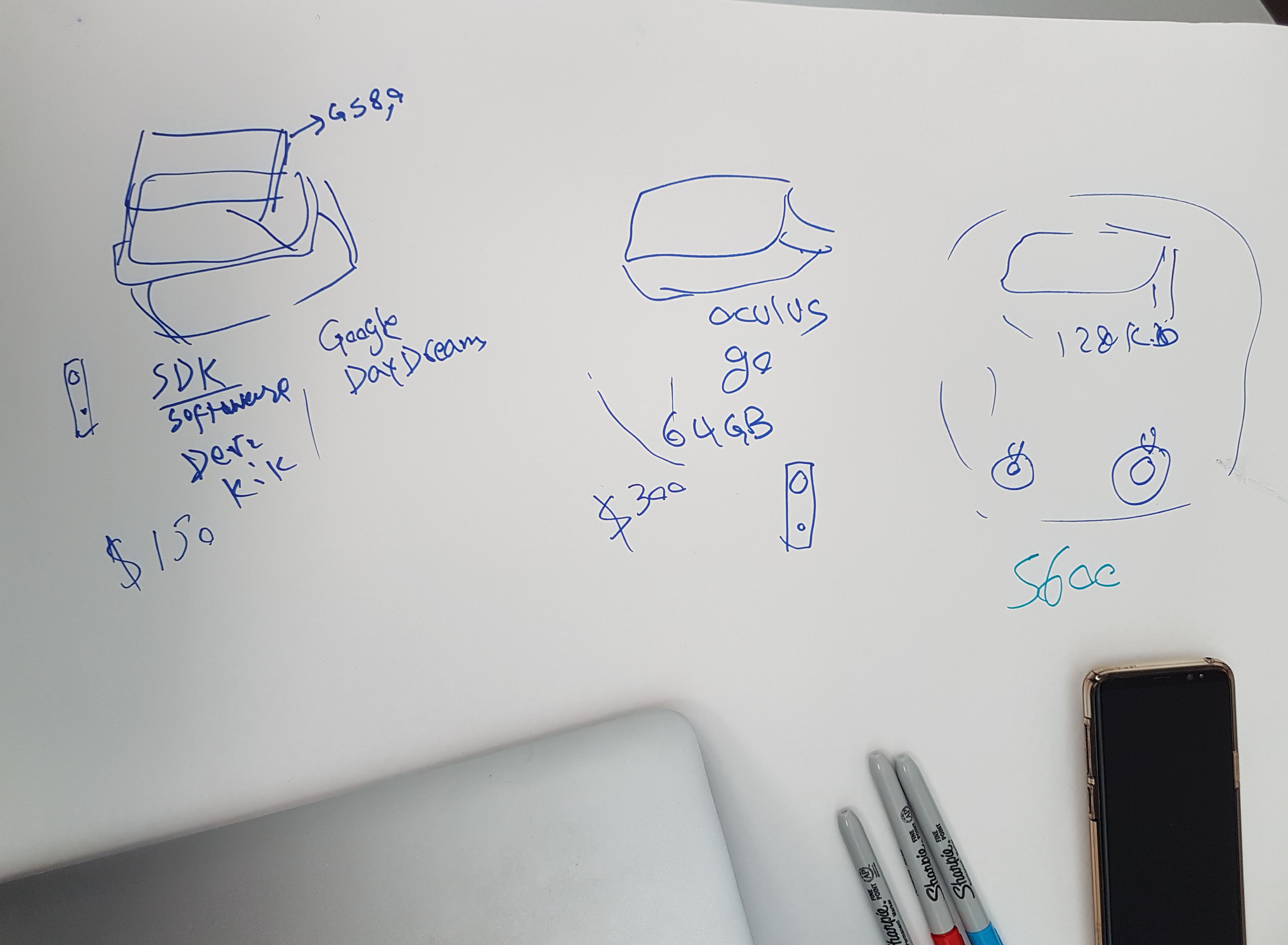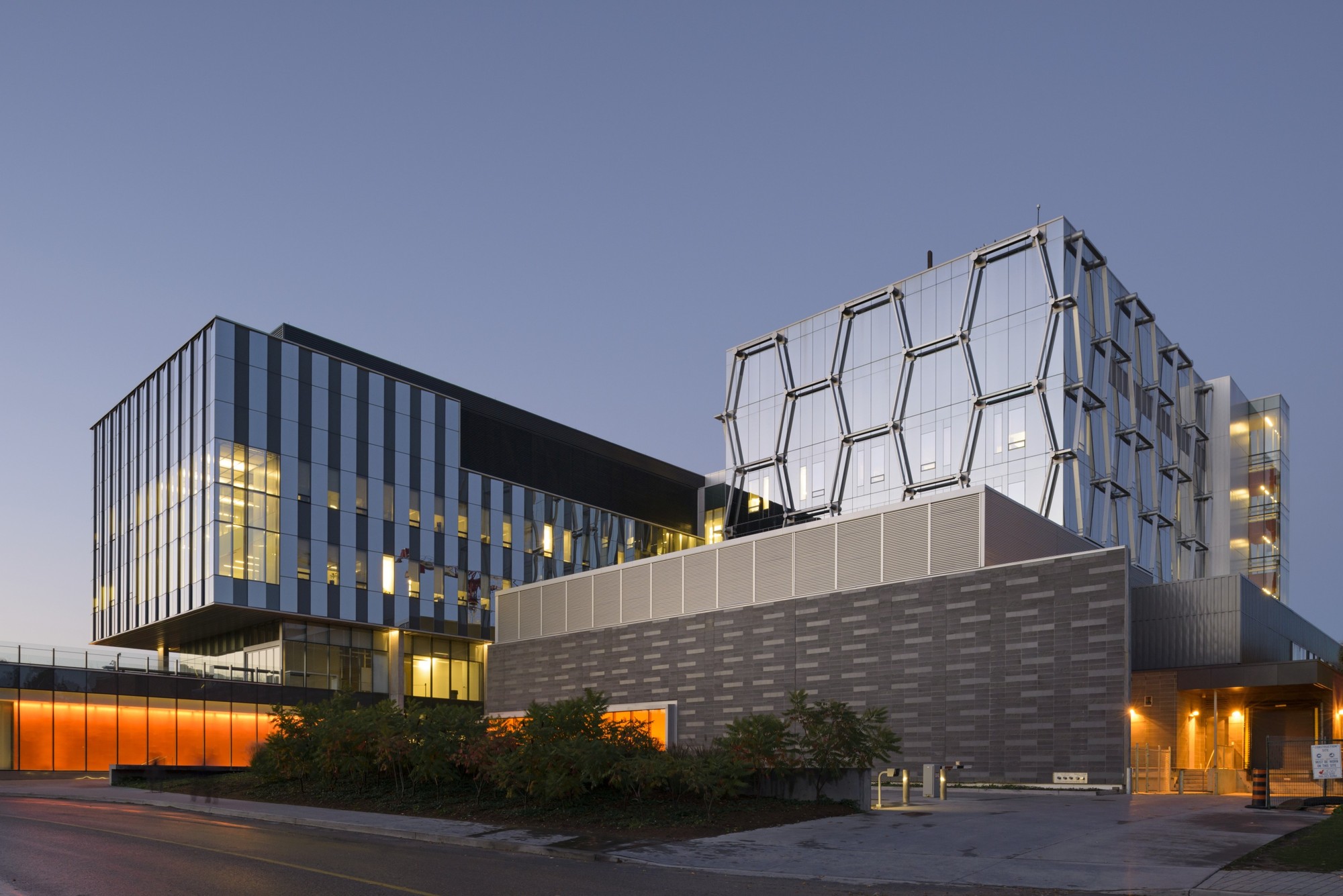Archemy.
Creating meaningful
learning experience
Role
User Researcher
UX Designer
Platforms
Illustrator
InDesign
Figma
Duration
2 years
Date
ongoing
overview
ARCHEMY is a 3D augmented reality (AR) tool that will help students
understand chemical interactions by using tactile AR markers to simulate
molecular bonds in a 3D digital environment.
Who We Are
We all thought VR was fun to play, but we also thought: how can we use
VR as a form of learning in this innovative economy we live in?
We are a team of designers, researchers, professors and learners.
We are advocate for education and students’ ease of learning especially
for programs and courses that is text heavy, has numerous lessons, too
scientific and theory based to even visualize.
Majority of us are visual and tactile learners and we hope to pioneer
a new way of learning using Virtual Reality and eventually Augmented Reality,
starting with STEM related programs and courses such as Organic Chemistry.
Our Work
We use VR and Virtual Reality headsets such as: Google Cardboard & Daydream
and Oculus Go & Quest, to teach
concepts, theories and conduct mock experiments in STEM-related courses
to ease the learning of students in one of the many challenging courses
taken in post-secondary. The VR space will mimic a real-life laboratory
(from their university or college) for students to get comfortable in the
space and be familiarize with the experiments and lab assignments they
will be eventually conducting after a lesson.

goals
Learn Effectively
Virtual reality has been used for over 40 years in higher level education
and industrial training. In many cases virtual reality training content
has provided significantly higher test scores with users. REF#.
Efficient Teaching
Using virtual simulations, you can show students visual representations
of hard to understand processes. VR also allows users to complete tasks
in safe digital environments to reinforce learning tasks.
Reduce Training Time
Provide safety training, medical training and distance
learning at a fraction of real-world costs with digital objects and
immersive environments. Save on travel, equipment and insurance costs
as well as many more unseen costs associated with physical training days
Reduce Distractions
Virtual reality enables students and colleagues
to become fully immersed in the chosen environment and subject
material and reduce distractions from the outside world.
The ability to reduce distractions using VR provides a more
focused and personal learning experience.
Technology Based
VR headsets such as: Oculus Quest, Oculus Go, and Google Daydream
are being used for prototypes and will be determined which headset is the best
for the final product.
current research
Determining the market of who would use our product or who our
product would benefit, specifically learning the lessons the concepts
(students and professors for Post-secondary schools).


Pre and Post Q's
I initiated the Post and Pre-user testing questions to
determine how we will be approaching the user-testing phase.
The Pre-user questions would help determine their year, program,
school, type of courese they are taking (in STEM), their learning
styles and what VR or AR experience they have.
The Post-testing questions will be useful for when we are ready
to test the A/B protytpe of our product and for after our users have
tested out product; this would help us determining what VR headset,
with the accompanying remotes, is most ideal.
Learning Styles
I interviewed my fellow classmates and friends, who were or is
currently enrolled in STEM courses or program to understand
their experience with the course materials, how comfortable
they were with the lessons beings taught, how engaged or
interested were they in the course and how it reflected
in their deliverables. Understanding the learning styles of
majority of STEM students would help us better design our VR
lessons to the users. Majority of students are visual and kinesthetic
learners meaning images, tangible objects and carrying out physical activities
is more effective than listening to lectures.
Sense of Sight
We wanted this product to be user-centric and focused on all learning types.
Our biggest challenge that we are currently attempting to alleviate is
creating a meaningful learning experience for students with accessibility issues.
I researched the AODA and read about their accessibility standards to apply
to the product. I wanted to first start with the most common accessibility matter
to hopefully improve within our product which is regarding sight.
As a student, learner and ordinary person, our sense of sight it the most used,
however, there are many cases where individuals have sight impediments that stops
them from having the full experience of the product. As our learning experience
being the most important aspect within our product we want to make sure our concepts
and lessons are clear and easy to see and visualize in a VR space.
Patterns & Colors
Approaching this pain point, I decided to look into ways of how to make the sense of
sight less of a challenge or pain point and more of a fun additional asset! Trello
boards were my inspiration. Trello, a list-making application, that contains boards, lists,
and cards to organize and prioritize your projects in a fun, flexible, and rewarding way.
One of the greatest features of Trello is their colored & patterned tags to help further
organize one's action or task card. We always associate colors with organization but not
everyone can use colors to their advantage due to color blindess and other forms of sight
impairement that hinders their seeing of colors. Using shapes and patterns are the next most useful
method in organization; everyone can see and determine shapes and outlines that even without
colors, the shapes and outlines are still clear in sight.
Ball & Stick Activity
In chemistry, the ball-and-stick model is a molecular model of a chemical substance which is to
display both the three-dimensional position of the atoms and the bonds between them. The atoms are
typically represented by spheres, connected by rods which represent the bonds. I wanted to incorperate
this method into this activity to help individuals determine which molecular model is needed to create
a chemical bond outlined in their lesson or assignments. Such atoms are determined by color as seen in
text-books and in physical models, they also vary in size but that still does not help with differentiating
each atom. I decided to incorperate Trello's color & pattern method into our atom or molecule legend in the
VR space; this is so that when users are completing the activity, they can refer to the legend and easily
determine which chemical atom is needed to create a particular bond.
Current Solution in Summary
We created possible solutions for individuals who have impaired sight as it is the most common
accessibility challenge: many have colorblindness and such subjects often use colors to differentiate
and label specific parts and materials. This is done by using patterns to also label materials,
in this case, specific chemical atoms such as Hydrogen, Oxygen etc. Not only are these atoms colored
appropriately but they also have specific patterns on the atoms to characterize its chemical.
next steps
This is an on-going start-up project that my colleagues and I
will continue to improve to finally share with everyone. We believe
the Virtual Reality industry can pioneer a new and effective way of learning:
more engaging, interactive, enjoyable and meaningful. We hope our product could
be of help to students and professors beyond our local universities,
in the STEM programs with challenging courses such as Organic Chemistry
and hopefully help individuals beyond STEM programs. We are continuing
the user research, transitioning from phase A (rendering the VR space) to B (creating
learning activites and scenarios in the VR space; more user-testing is on its way
along with Archemy's future launch.
Check out our website to learn more about our product or contact me for more information!